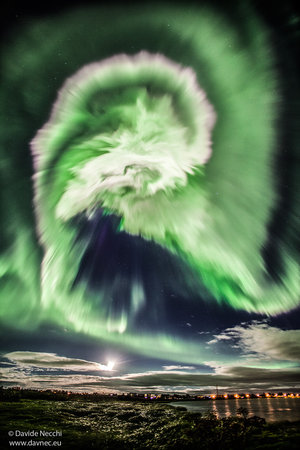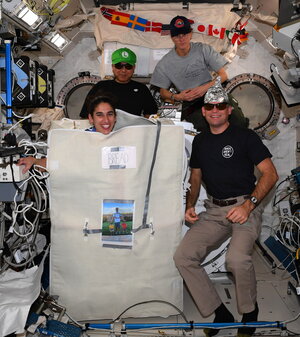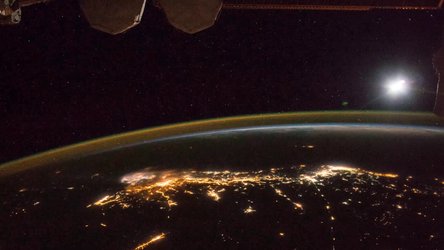Accept all cookies Accept only essential cookies See our Cookie Notice

About ESA
The European Space Agency (ESA) is Europe’s gateway to space. Its mission is to shape the development of Europe’s space capability and ensure that investment in space continues to deliver benefits to the citizens of Europe and the world.
Highlights
ESA - United space in Europe
This is ESA ESA facts Member States & Cooperating States Funding Director General Top management For Member State Delegations European vision European Space Policy ESA & EU Space Councils Responsibility & Sustainability Annual Report Calendar of meetings Corporate newsEstablishments & sites
ESA Headquarters ESA ESTEC ESA ESOC ESA ESRIN ESA EAC ESA ESAC Europe's Spaceport ESA ESEC ESA ECSAT Brussels Office Washington OfficeWorking with ESA
Business with ESA ESA Commercialisation Gateway Law at ESA Careers Cyber resilience at ESA IT at ESA Newsroom Partnerships Merchandising Licence Education Open Space Innovation Platform Integrity and Reporting Administrative Tribunal Health and SafetyMore about ESA
History ESA Historical Archives Exhibitions Publications Art & Culture ESA Merchandise Kids Diversity ESA Brand Centre ESA ChampionsLatest
Space in Member States
Find out more about space activities in our 23 Member States, and understand how ESA works together with their national agencies, institutions and organisations.
Science & Exploration
Exploring our Solar System and unlocking the secrets of the Universe
Go to topicAstronauts
Missions
Juice Euclid Webb Solar Orbiter BepiColombo Gaia ExoMars Cheops Exoplanet missions More missionsActivities
International Space Station Orion service module Gateway Concordia Caves & Pangaea BenefitsLatest
Space Safety
Protecting life and infrastructure on Earth and in orbit
Go to topicAsteroids
Asteroids and Planetary Defence Asteroid danger explained Flyeye telescope: asteroid detection Hera mission: asteroid deflection Near-Earth Object Coordination CentreSpace junk
About space debris Space debris by the numbers Space Environment Report In space refuelling, refurbishing and removingSafety from space
Clean Space ecodesign Zero Debris Technologies Space for Earth Supporting Sustainable DevelopmentApplications
Using space to benefit citizens and meet future challenges on Earth
Go to topicObserving the Earth
Observing the Earth Future EO Copernicus Meteorology Space for our climate Satellite missionsCommercialisation
ESA Commercialisation Gateway Open Space Innovation Platform Business Incubation ESA Space SolutionsLatest
Enabling & Support
Making space accessible and developing the technologies for the future
Go to topicBuilding missions
Space Engineering and Technology Test centre Laboratories Concurrent Design Facility Preparing for the future Shaping the Future Discovery and Preparation Advanced Concepts TeamSpace transportation
Space Transportation Ariane Vega Space Rider Future space transportation Boost! Europe's Spaceport Launches from Europe's Spaceport from 2012Latest

A spooky skyscape to celebrate Halloween
Thank you for liking
You have already liked this page, you can only like it once!
Eerie sheets and ripples of green hang above a deserted rocky landscape in this spooky Space Science Image of the Week. Spikes of neon and emerald seem to form the ominous form of a ghostly celestial eagle, with a sharp beak, bright head and majestic outstretched wings.
While this photograph may resemble paranormal happenings or alien activity, the dramatic skyscape shown here is actually due to a much more common astronomical event known as a coronal mass ejection, or CME.
This scene was captured on 24 January 2012 above Grotfjord, Norway, by photographer Bjørn Jørgensen. The day before, the Sun flung a burst of high-speed charged particles – electrons, protons and other ions – out into space. Large CMEs can contain up to a billion tonnes of matter, all streaming through space at speeds of up to 2000 km/s.
These particles sped towards Earth and some of them became trapped within our planet’s magnetosphere, a region of space in which charged particles are contained by Earth’s magnetic field.
These particles then began to rain down into our atmosphere, smashing into atoms and molecules of oxygen and nitrogen in the process. These collisions release large amounts of energy in the form of light, painting distinctive colours in the sky.
The colour depends on the particle hit. The most common colours are the reddish-blue of nitrogen and the red or greenish-yellow hues of atomic and molecular oxygen (as seen here). These colours can mix to produce striking shades of orange, yellow, pink and purple.
Because of their speed and particle density, CMEs often trigger stunning auroral displays. When the Sun is particularly active it can produce several CMEs per day, dropping to roughly one every five days at lower activity levels. On average, between one and four CMEs hit Earth each month; these are called “Halo CMEs”.
A flotilla of spacecraft, including the ESA-led SOHO, Proba-2 and Cluster missions, monitor the Sun and its effects on our home planet.
-
CREDIT
B. Jørgensen (http://www.arcticphoto.no/) -
LICENCE
ESA Standard Licence

Uprint Calendar - November 2015

A sinister-looking aurora over Iceland

Spooky

Western Europe to Asia… with a spooky twist!















 Germany
Germany
 Austria
Austria
 Belgium
Belgium
 Denmark
Denmark
 Spain
Spain
 Estonia
Estonia
 Finland
Finland
 France
France
 Greece
Greece
 Hungary
Hungary
 Ireland
Ireland
 Italy
Italy
 Luxembourg
Luxembourg
 Norway
Norway
 The Netherlands
The Netherlands
 Poland
Poland
 Portugal
Portugal
 Czechia
Czechia
 Romania
Romania
 United Kingdom
United Kingdom
 Slovenia
Slovenia
 Sweden
Sweden
 Switzerland
Switzerland

























